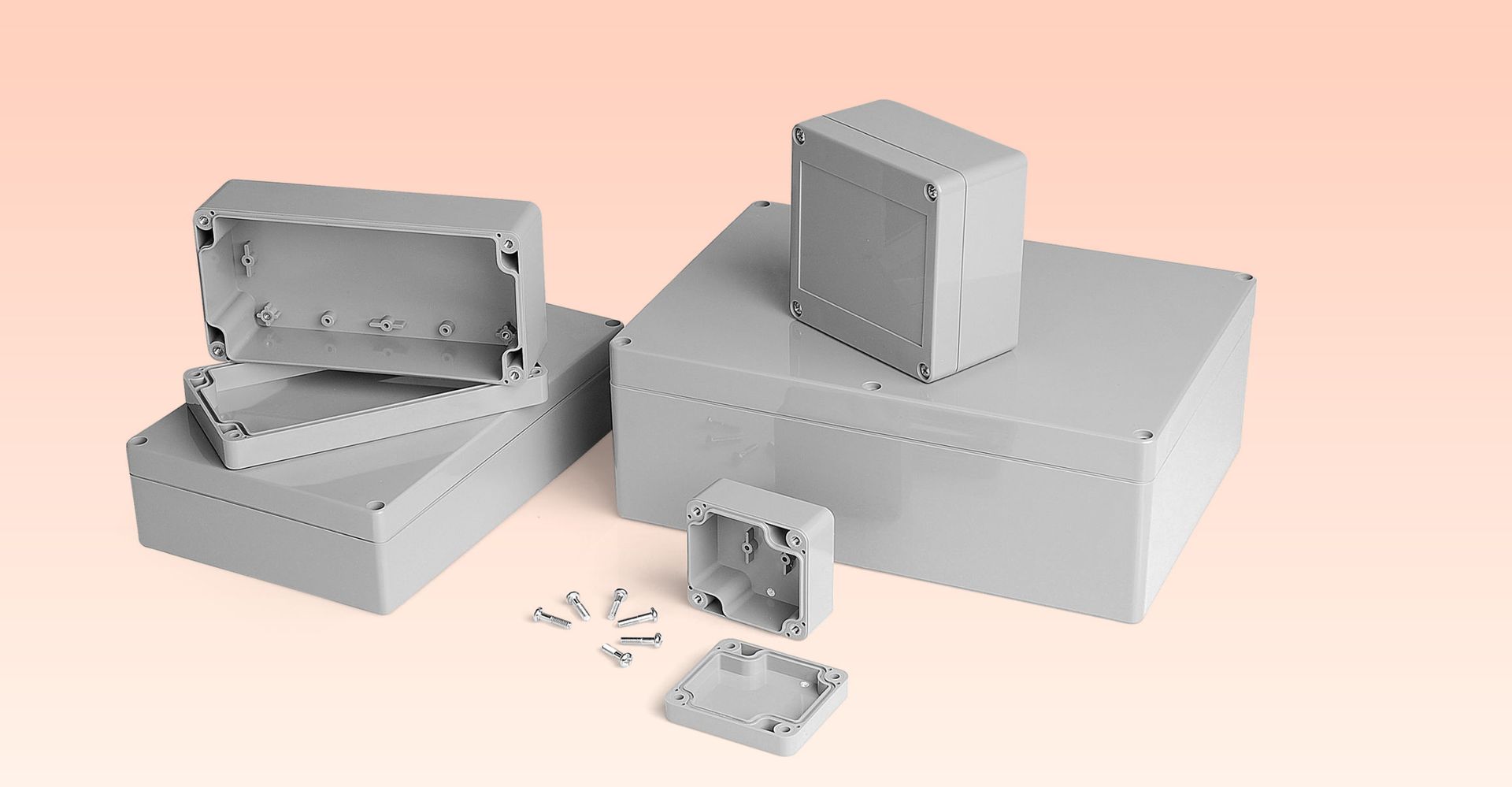Understanding IP Ratings
In the realm of electronic devices and equipment, understanding IP (Ingress Protection) ratings is paramount for ensuring that products are adequately protected against environmental elements such as dust, water, and other contaminants. IP ratings provide crucial information about the level of protection offered by enclosures, connectors, and other components, enabling consumers and businesses to make informed decisions when selecting equipment for various applications. In this comprehensive guide, we'll delve deeper into the intricacies of IP ratings, deciphering what each digit and letter in the rating signifies, exploring their significance in different industries and contexts, and providing practical examples to illustrate their importance.
What Are IP Ratings?
IP ratings, also known as Ingress Protection ratings or International Protection ratings, are standardized classifications defined by the International Electrotechnical Commission (IEC). These ratings specify the degree of protection provided by enclosures against the ingress of solid objects (such as dust and debris) and liquids (such as water) under various environmental conditions. IP ratings are expressed in the form of "IP" followed by two digits (and optionally one or two letters), with each digit representing a different aspect of protection.
Deciphering IP Ratings
The first digit in an IP rating indicates the level of protection against solid objects, while the second digit signifies the degree of protection against liquids. Let's break down each digit in more detail:
First Digit (Protection Against Solids):
0: No protection against contact and ingress of objects.
1-6: Protection against solid objects of increasing size, such as fingers, tools, and small objects.
7: Protection against the ingress of water when the enclosure is submerged in water up to 1 meter deep for a specified time.
8: Protection against prolonged immersion in water under specified conditions.
Second Digit (Protection Against Liquids):
0: No protection against water.
1-6: Protection against water ingress from various directions, such as dripping water, spraying water, and powerful jets of water.
7: Protection against the ingress of water when the enclosure is immersed in water up to a certain depth for a specified time.
8: Protection against the effects of continuous submersion in water under specified conditions.
Understanding the Letters in IP Ratings
In addition to the two digits, some IP ratings may include one or two letters that provide additional information about specific forms of protection. The most common letters found in IP ratings include:
"X" (No Data Available): Indicates that the product has not been tested or rated for protection against either solids or liquids.
"A" (Additional Protection): Indicates that the product provides additional protection against specific environmental conditions, such as corrosion or icing.
"B" (Increased Immunity to Mechanical Impact): Indicates that the product offers increased resistance to mechanical impact, typically specified by the manufacturer.
"C" (Increased Protection Against Mechanical Impact): Indicates that the product provides
increased protection against mechanical impact, such as vandalism or accidental damage.

Significance of IP Ratings in Different Industries
IP ratings are particularly important in industries where electronic equipment is exposed to harsh environmental conditions or stringent regulatory requirements. Let's explore some examples to illustrate the significance of IP ratings in different industries:
Construction and Infrastructure: Equipment used in construction sites, outdoor installations, and infrastructure projects must be able to withstand exposure to dust, moisture, and other environmental hazards.
Manufacturing and Industrial Automation: Machinery and automation systems in manufacturing facilities often require enclosures with high IP ratings to protect sensitive electronic components from dust, moisture, and chemical exposure.
Consumer Electronics: Mobile phones, tablets, smartwatches, and other consumer electronics devices may feature varying IP ratings to indicate their resistance to dust and water ingress, catering to different usage scenarios and preferences.
Medical Devices: Medical devices and equipment used in healthcare settings must meet stringent IP rating standards to ensure patient safety and device reliability in challenging environments.
Conclusion
In summary, understanding IP ratings is essential for selecting electronic equipment and enclosures that meet the specific environmental requirements of various applications. By deciphering the digits and letters in IP ratings, consumers and businesses can make informed decisions about the suitability of products for their intended use cases. Whether in construction, manufacturing, consumer electronics, or healthcare, IP ratings play a crucial role in ensuring that electronic devices and equipment remain protected and operational in diverse environmental conditions. To get further information about the topic you can visit the International Electrotechnical Commission (IEC).
















